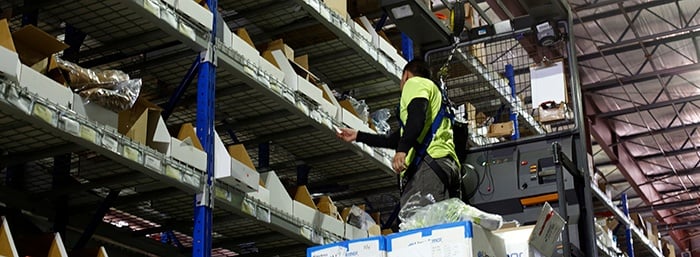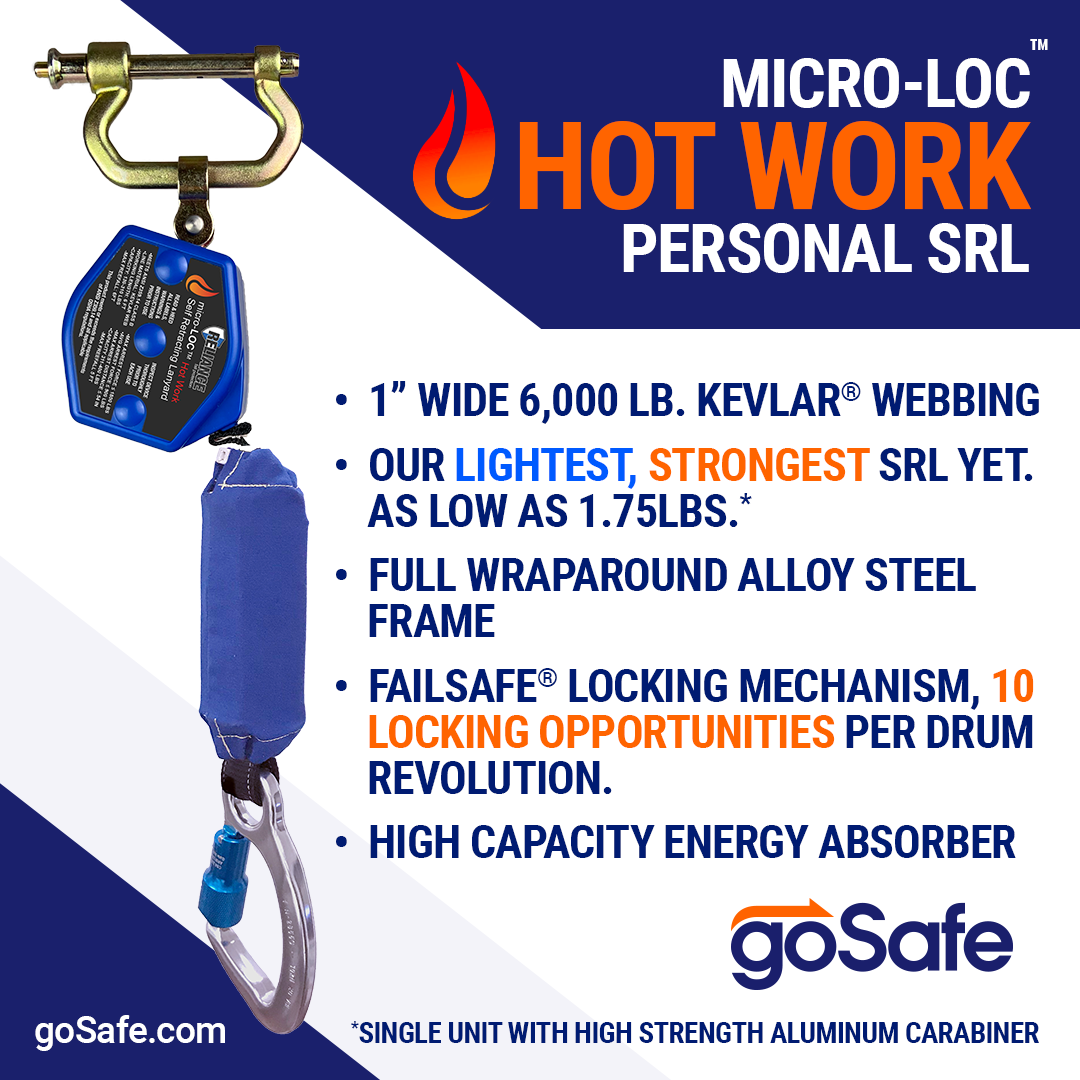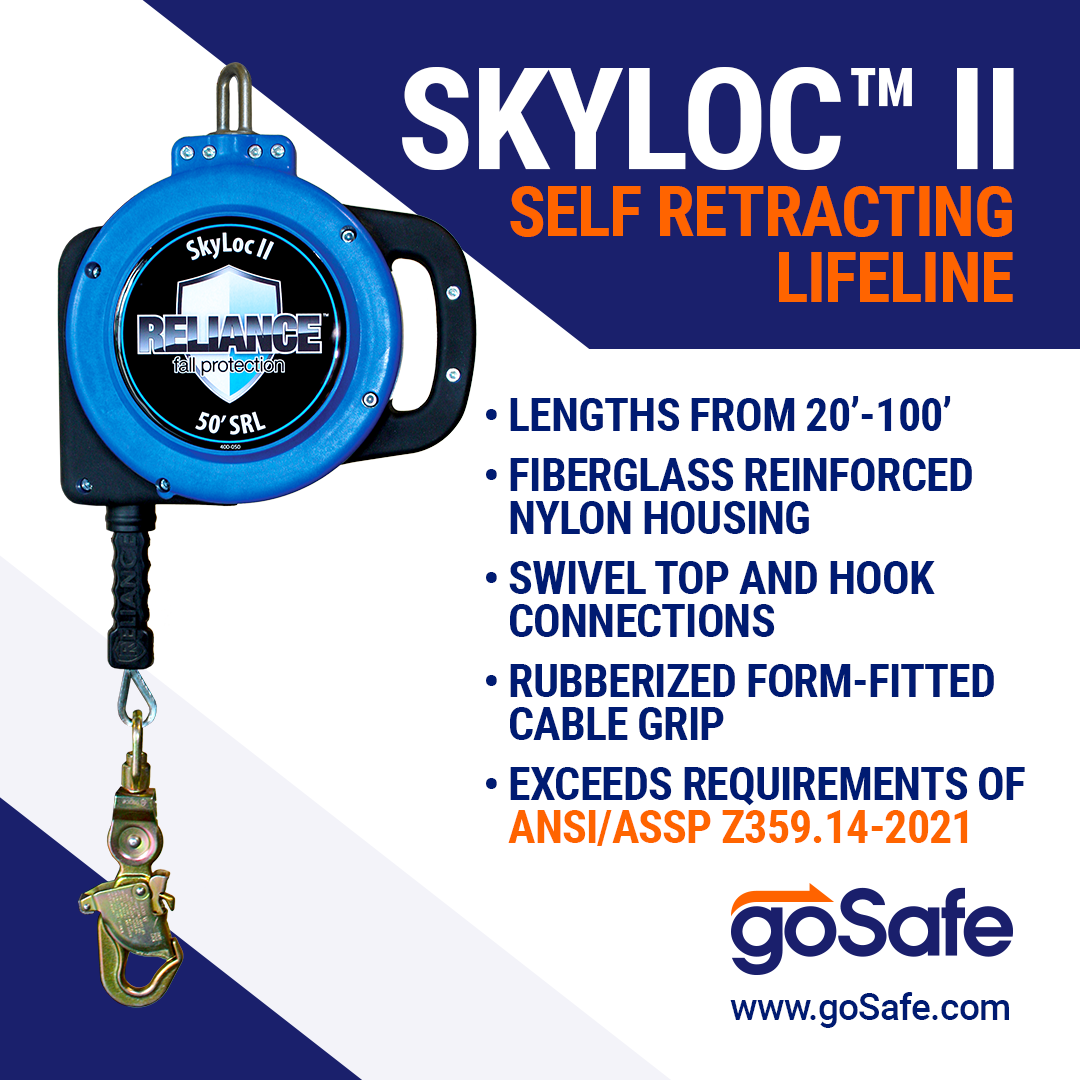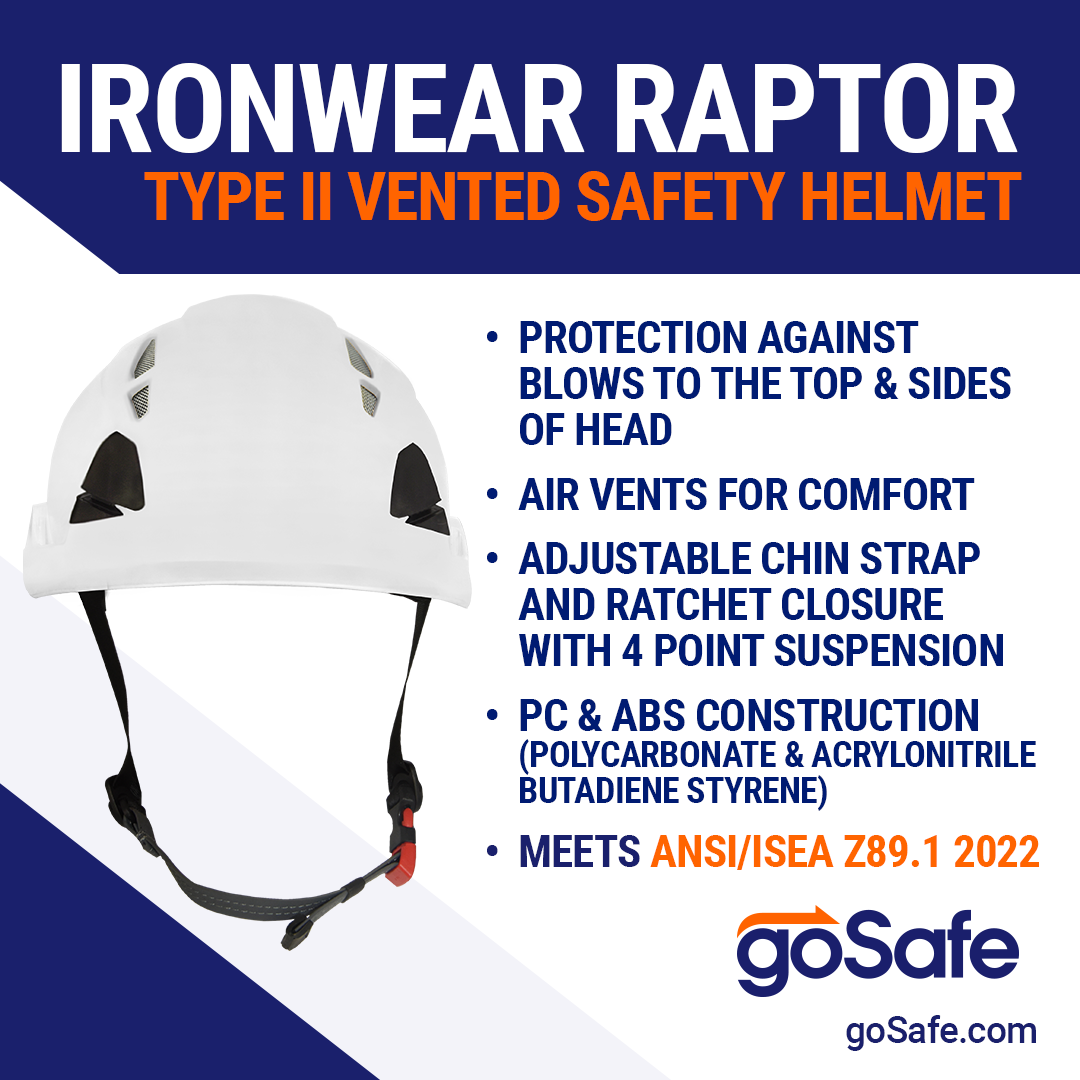Self-Retracting Devices have become the preferred connecting subsystem for personal fall arrest systems. Due to their increasing popularity and the wide variety of different types available, it is important to ensure that there is an improved understanding of the capabilities and limitations of these prolific devices which have evolved substantially in the last twenty years. When properly utilized, self-retracting devices are exceptionally effective and can help prevent serious injury or death when a workplace fall occurs.
The Updated Standard
The recently updated ANSI/ASSP Z359.14-2021 standard establishes requirements for the performance, design, marking, qualification, instruction, training, test methods, inspection use, maintenance and removal from service of self-retracting devices. “The main purpose of the Z359.14 Standard is to ensure that qualified products have been subjected to exacting standards of design and performance to ensure that these products have the highest possible factors of safety based on known hazards and end-user behaviors. Secondarily, it was important to ensure that the standard included a vehicle to disseminate actionable information to the end-user community,” says Z359.14 subcommittee chair Dan Henn.
Z359.14 defines a Self-Retracting Device as, “A device that contains a drum wound line that automatically locks at the onset of a fall to arrest the user, but that pays out from and automatically retracts onto the drum during normal movement of the person to whom the line is attached.” “Self-Retracting Devices are among the most preferred connecting sub-systems and innovations in this category have largely displaced energy-absorbing lanyards in many industry sectors,” according to Henn.
Revisions & New Requirements
This update to Z359.14 includes revisions and new requirements, including:
- A change to the device types defined in the standard
- Changes to previously established classifications of device types
- A 20% increase in minimum static strength requirements
- More rigorous energy-management requirements
- Changes to labeling requirements
- Inclusion of Guidance for the End-User (Appendix B)
The changes in this update are significant and take into account many of the notable developments in Self-Retracting Device technologies and consumer expectations. It also simplifies how SRDs are described and classified to help users better understand their capabilities and limitations.

Self-Retracting Device Types
This update includes requirements for three types of Self-Retracting Device (SRD):
- Self-Retracting Lanyards (SRL): Defined as, “A self-retracting device in the form of a mechanical fall arrester, featuring a locking mechanism and energy management system to arrest the fall of and limit the forces imparted on the user.” These are the traditional devices that have been in use for decades and are typically installed on overhead anchorages, providing a cone of access to a walking-working surface below.
- Self-Retracting Lanyards with Integral Rescue Capability (SRL-R): Defined as, “An SRL that includes an integral means for assisted rescue via raising or lowering the rescue subject. Some SRL-Rs may alternatively feature a mechanism which facilitates the controlled descent of the fallen user.
- Self-Retracting Lanyard, Personal (SRL-P): Defined as, “A self-retracting device designed such that it is compact enough and approved by the manufacturer to be worn by the user on a full body harness to be used as a fall arrest connector, or alternatively mounted to an anchorage. These devices may, in some cases, be available in a dual configuration for the purpose of 100% tie-off.
SRLs and SRL-Rs are not new to this standard, but the SRL-P is a new addition. Over the last 15 years, SRL-Ps have evolved and proliferated considerably and have become a common alternative to the traditional energy-absorbing lanyard. The requirements established for SRL-Ps in this update to Z359.14 are intended to ensure that these devices are evaluated in a manner that examines the many factors of safety which are addressed in the Z359.13 standard for energy-absorbing lanyards, which are also important for SRL-Ps as well.
Self Retracting Device Classes
The SRDs described above will be qualified according to two classes, which differ from those previously established in Z359.14 back in 2012 and 2014. The new classes are:
- Class 1: Self-Retracting Devices which shall be used only on overhead anchorages and shall be subjected to a maximum free fall of 2 feet or less, in practical application.
- Class 2: Self-Retracting Devices which are intended for applications wherein overhead anchorages may not be available or feasible and which may, in practical application, be subjected to a free fall of no more than 6 feet over an edge prescribed in Section 4.
So essentially, SRLs, SRL-Rs and SRL-Ps which are qualified as Class one are restricted to overhead use and are designed to provide a rapid fall arrest where overhead anchorages are available. Class 2 devices may be subjected to free falls of up to six feet, and may be used in circumstances where the retractable line may come into contact with a structural edge.
Additional Requirements
There are additional testing requirements that are included to improve factors of safety in an effort to address predicable vulnerabilities. These include:
- An energy capacity test for Class 1 SRL-Ps requiring them to be subjected to a six-foot vertical free fall while limiting arrest forces and arrest distance.
- A battery of tests for dual-configuration SRL-Ps to qualify them in a manner similar to the conditions the dual energy-absorbing lanyards are subjected to in Z359.13.
- Specific testing requirements for the connecting element used to affix SRL-Ps to full body harnesses.
- A locking strength test for SRDs relying on textile energy absorbers to manage arresting forces.
The requirements for markings and instructions also feature some key updates, which include:
- More detailed disclosures with respect to arrest distances and clearance requirements.
- SRD class icons similar in nature to the marking requirements for energy-absorbing lanyards.
- Explicit warnings regarding the hazards associated with foot-level tie-off and contact with structural edges.
Z359.14-2021 takes into account many of the changes that we have seen in the marketplace since 2012. This is particularly true with respect to SRL-Ps which did not have unique or specific requirements in the previous versions of the standard. The new requirements established for these devices will help to ensure that products qualified according to this standard meet basic end-user expectations.
This standard provides more comprehensive guidance for the consumers of Self-Retracting Devices, both through the instructional and marking requirements as well as through the Appendix entitled, “Guidance for the End-User”. “One of our goals was to help users better understand the capabilities and limitations of these products in an effort to reduce the frequency and severity of misuse,” explains Henn.
“Self-Retracting Devices are a great solution when properly utilized, but misapplication of these products can have severe consequences and it was our objective to not only make sure that these devices are safer, but to ensure that those that are selecting and using them are armed with the facts they need to do so safely.”
Dan Henn, Vice President of Operations at Reliance Fall Protection; and Vice-Chairman of the ANSI/ASSP Z359 Accredited Standards Committee was interviewed for this article.
To purchase your copy of the the updated ANSI Z359.14-2021, CLICK HERE.
Are you on the lookout for more information on fall protection use? Visit our FAQ page today! There, you’ll find some bonus tips to help get you started.








